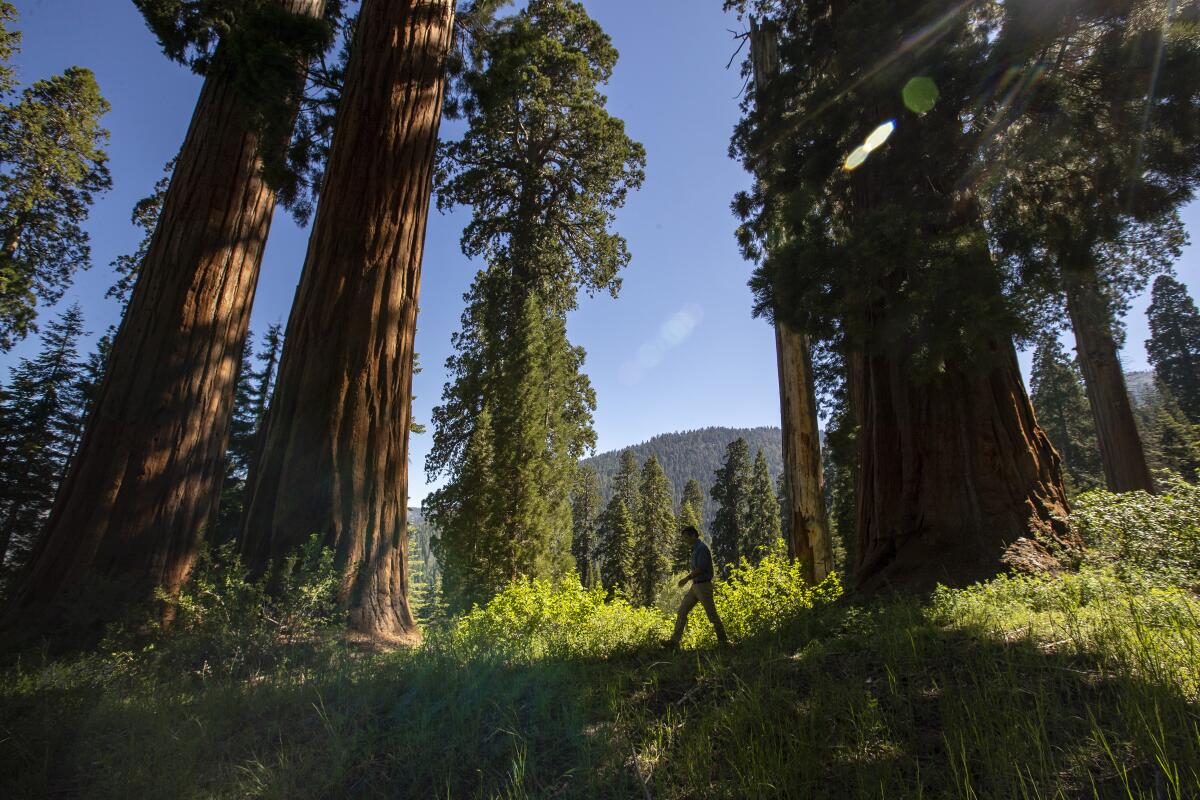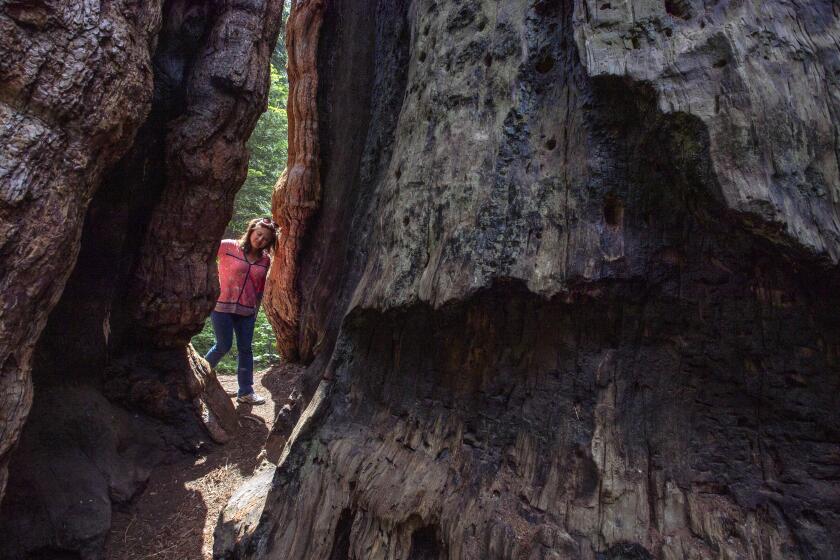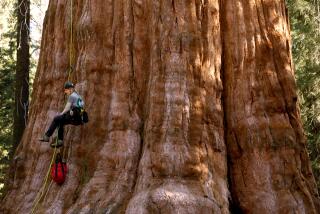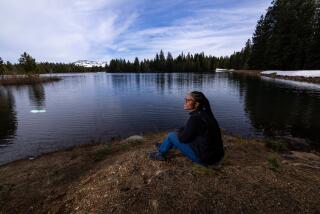Group raises nearly $16 million to buy Alder Creek giant sequoia grove

The donations ranged from $1 to several million. The money came from across the country and around the world.
Save the Redwoods League raised nearly $16 million â more than half of it in four months â to close a deal for 530 acres of the Alder Creek Grove of giant sequoias.
The century-old conservation group took title to the Sierra Nevada property on Dec. 30, realizing a long-held dream of acquiring the worldâs largest private holding of the worldâs largest trees.
League officials said the $15.65 million from individuals and foundations is the most the organization has ever raised in purely private donations for a single conservation project.
âIt was incredible,â said Becky Bremser, the leagueâs director of land protection. âWe are so thrilled. And so proud.â
The redwoods league had lined up a handful of major donors before launching a public fundraising campaign in September that received extensive media coverage.
After more than seven decades of ownership, the Rouch family will sell their piece of the Sierra Nevada to Save the Redwoods League, a century-old conservation group that has long hankered after the property.
Outlets ranging from Oprahâs magazine to the Taipei Times ran stories â testament to the universal appeal of the shaggy-headed giants.
More than 8,500 donors from all 50 states and 30 countries outside of the U.S. chipped in.
John Woollam, a league supporter from Nebraska, and Ralph Eschenbach and Carol Joy Provan of Woodside, Calif., made significant contributions.
The Alder Creek property boasts 483 giant sequoias with diameters of at least 6 feet, including the 3,000-year-old Stagg tree.
As tall as a 25-story building and wider than a two-lane road, the Stagg is the fifth-largest giant sequoia, as measured by trunk volume. That makes it the worldâs fifth-biggest tree on record.
The league was in years of on-and-off talks with the Rouch family about buying the tract, which the Rouchs had owned since the 1940s.
The family logged the mountain land, opened a short-lived ski operation and developed a small resort community called Sequoia Crest among the big trees.
But they left most of the giants alone.
Along with 1,000- to 2,000-yearâold trees, the grove contains a good number of young sequoias, 50 to 200 years old, adding to its conservation value.
The league plans to keep the property for five to 10 years, thin non-sequoias that it says have grown too dense in the absence of wildfire, and then sell it, presumably at a discount, to the U.S. Forest Service for inclusion in the neighboring Giant Sequoia National Monument.
The Alder Creek purchase means that only about 739 acres of giant sequoias remain in private hands, primarily in small scattered holdings.
Most of the 73 groves of giant sequoias growing on the western slopes of the central Sierra Nevada â their sole native habitat â are on state land, in national parks or in national forests.








